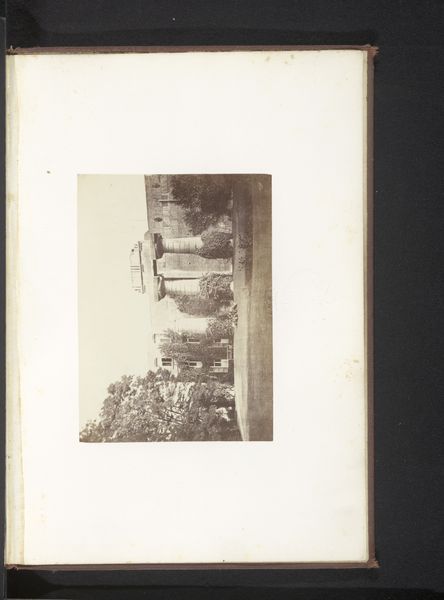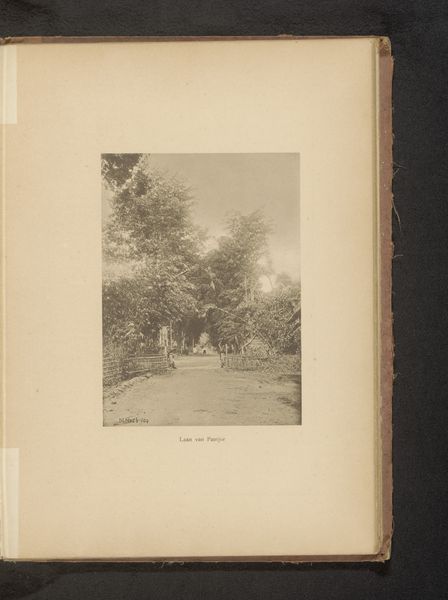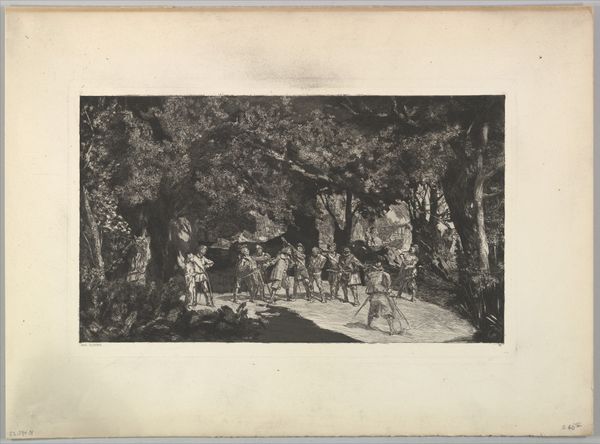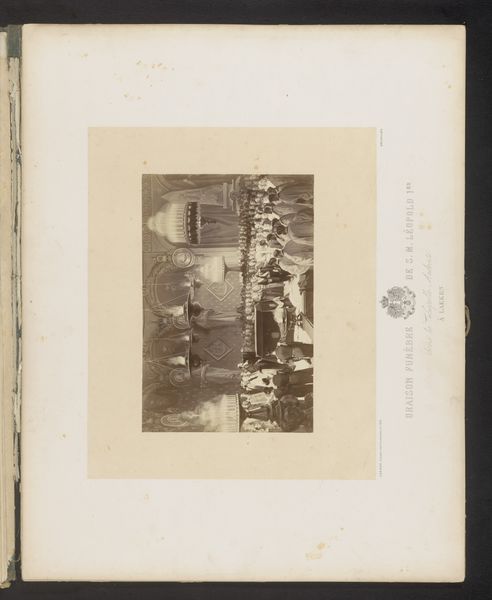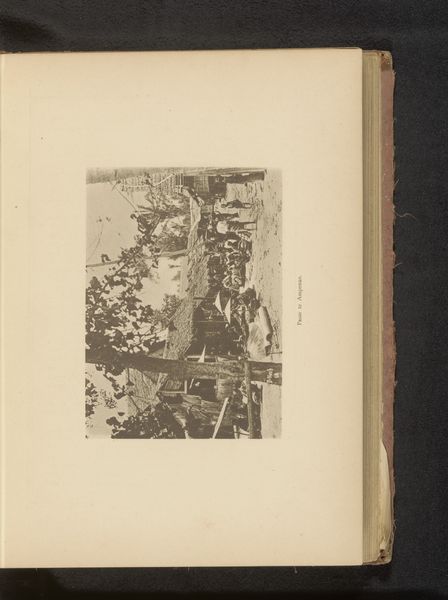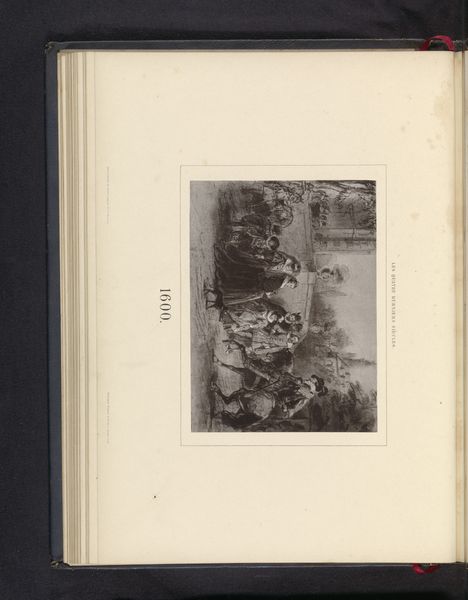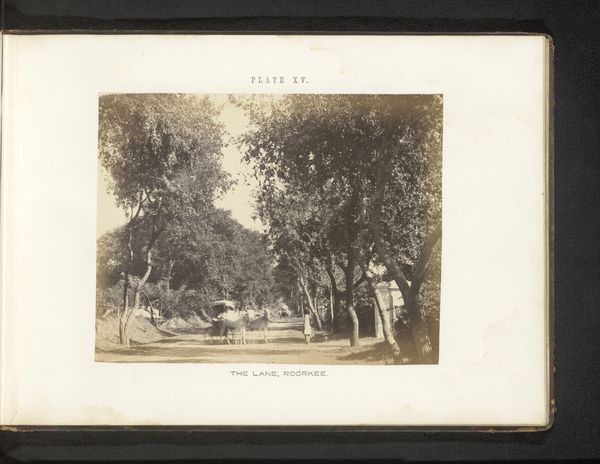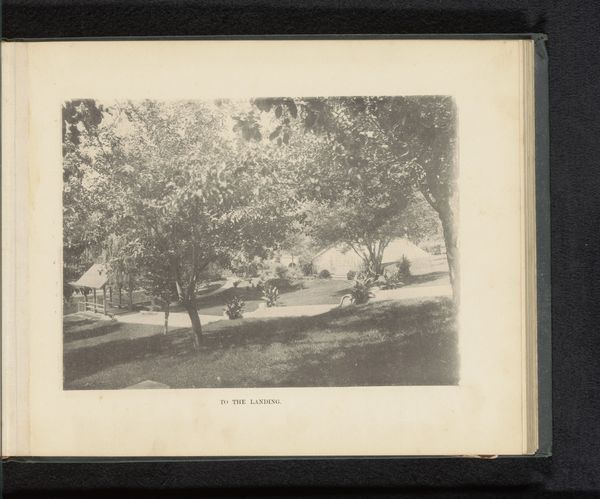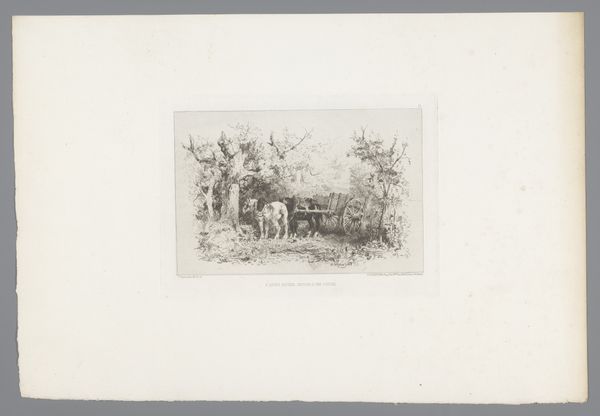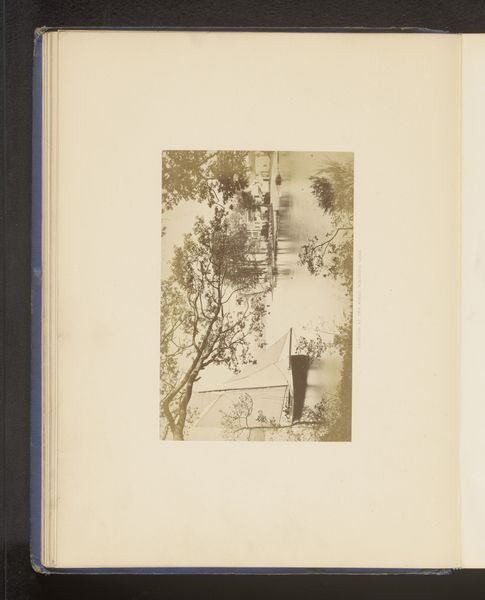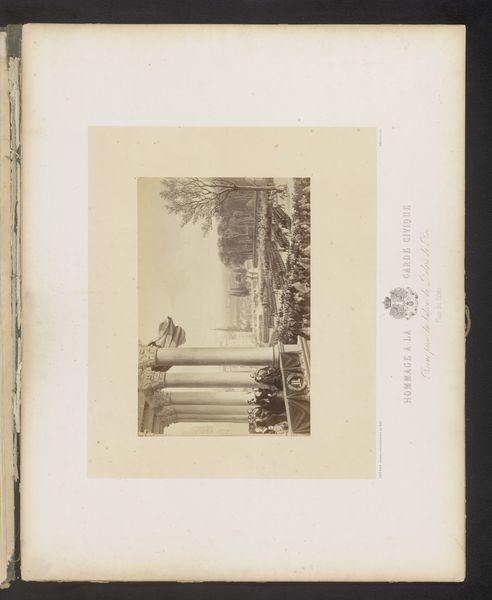
Leden van het Amsterdamsch Studenten Corps in een koets c. 1897
0:00
0:00
nicolaasschuitvlot
Rijksmuseum
photography, albumen-print
#
portrait
#
toned paper
#
landscape
#
photography
#
horse
#
albumen-print
Dimensions: height 155 mm, width 205 mm
Copyright: Rijks Museum: Open Domain
Curator: This albumen print, held here at the Rijksmuseum, captures members of the Amsterdam Student Corps in a coach, dating from around 1897. Editor: What strikes me first is the palpable sense of ceremony—even entitlement, perhaps? There's such deliberate staging here, an orchestrated display of privilege. Curator: Precisely! Photography during this period was increasingly accessible, but still imbued with an aura of formal importance. The members are presenting themselves. We must consider how student organizations like the Amsterdamsch Studenten Corps were crucial in solidifying social networks and perpetuating class structures. Editor: It's interesting to consider what symbols they consciously choose to exhibit. The flowers decorating the coach are quite extravagant; what values are broadcast by this display of abundance? Does it signal virility, success, social prominence? Curator: I agree, the flowers suggest fleeting beauty but, importantly, victory and celebration. In contrast, note how stern the driver’s pose is and how straight-backed are the riders. Consider how the photograph solidifies the performative function of that moment – an orchestrated image of hierarchy. They are literally elevated and placed on view for admiration. Editor: Yes, elevated quite literally by the coach itself, which functions as a stage. The backdrop of greenery suggests leisure and a pastoral ideal, yet the formality undermines any sense of spontaneity. Is that a parasol over them, also? Curator: It is. Note also the way the sunlight catches the parasol and illuminates the student’s faces. In this image, light could symbolize their intellectual enlightenment, though in reality, their status might simply arise through social circumstances. This idea is perhaps highlighted by the subtle tones in the printing; they hint at faded glory or tradition being constantly re-iterated. Editor: Right, because even as a candid moment captured through early photography, it is also heavily coded, a presentation and reification of power, social class and, by implication, exclusion. Curator: Indeed. A reminder that images don't merely reflect reality, they actively construct it, both then and how it resonates for us today.
Comments
No comments
Be the first to comment and join the conversation on the ultimate creative platform.

